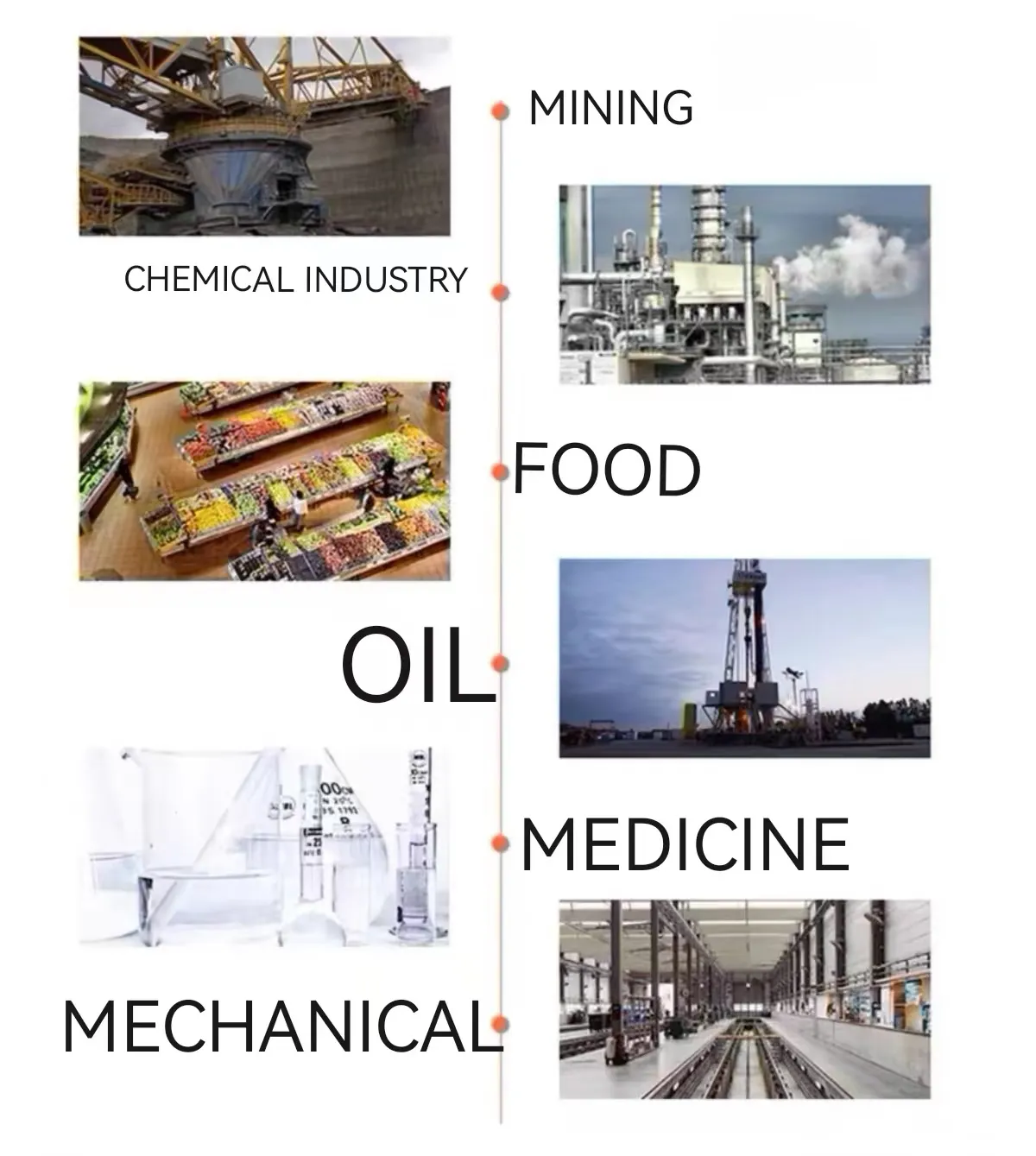-
 Afrikaans
Afrikaans -
 Albanian
Albanian -
 Amharic
Amharic -
 Arabic
Arabic -
 Armenian
Armenian -
 Azerbaijani
Azerbaijani -
 Basque
Basque -
 Belarusian
Belarusian -
 Bengali
Bengali -
 Bosnian
Bosnian -
 Bulgarian
Bulgarian -
 Catalan
Catalan -
 Cebuano
Cebuano -
 China
China -
 Corsican
Corsican -
 Croatian
Croatian -
 Czech
Czech -
 Danish
Danish -
 Dutch
Dutch -
 English
English -
 Esperanto
Esperanto -
 Estonian
Estonian -
 Finnish
Finnish -
 French
French -
 Frisian
Frisian -
 Galician
Galician -
 Georgian
Georgian -
 German
German -
 Greek
Greek -
 Gujarati
Gujarati -
 Haitian Creole
Haitian Creole -
 hausa
hausa -
 hawaiian
hawaiian -
 Hebrew
Hebrew -
 Hindi
Hindi -
 Miao
Miao -
 Hungarian
Hungarian -
 Icelandic
Icelandic -
 igbo
igbo -
 Indonesian
Indonesian -
 irish
irish -
 Italian
Italian -
 Japanese
Japanese -
 Javanese
Javanese -
 Kannada
Kannada -
 kazakh
kazakh -
 Khmer
Khmer -
 Rwandese
Rwandese -
 Korean
Korean -
 Kurdish
Kurdish -
 Kyrgyz
Kyrgyz -
 Lao
Lao -
 Latin
Latin -
 Latvian
Latvian -
 Lithuanian
Lithuanian -
 Luxembourgish
Luxembourgish -
 Macedonian
Macedonian -
 Malgashi
Malgashi -
 Malay
Malay -
 Malayalam
Malayalam -
 Maltese
Maltese -
 Maori
Maori -
 Marathi
Marathi -
 Mongolian
Mongolian -
 Myanmar
Myanmar -
 Nepali
Nepali -
 Norwegian
Norwegian -
 Norwegian
Norwegian -
 Occitan
Occitan -
 Pashto
Pashto -
 Persian
Persian -
 Polish
Polish -
 Portuguese
Portuguese -
 Punjabi
Punjabi -
 Romanian
Romanian -
 Russian
Russian -
 Samoan
Samoan -
 Scottish Gaelic
Scottish Gaelic -
 Serbian
Serbian -
 Sesotho
Sesotho -
 Shona
Shona -
 Sindhi
Sindhi -
 Sinhala
Sinhala -
 Slovak
Slovak -
 Slovenian
Slovenian -
 Somali
Somali -
 Spanish
Spanish -
 Sundanese
Sundanese -
 Swahili
Swahili -
 Swedish
Swedish -
 Tagalog
Tagalog -
 Tajik
Tajik -
 Tamil
Tamil -
 Tatar
Tatar -
 Telugu
Telugu -
 Thai
Thai -
 Turkish
Turkish -
 Turkmen
Turkmen -
 Ukrainian
Ukrainian -
 Urdu
Urdu -
 Uighur
Uighur -
 Uzbek
Uzbek -
 Vietnamese
Vietnamese -
 Welsh
Welsh -
 Bantu
Bantu -
 Yiddish
Yiddish -
 Yoruba
Yoruba -
 Zulu
Zulu
Feb . 05, 2025 02:44
Back to list
welded wire mesh
In the realm of construction and structural reinforcement, wire mesh plays a pivotal role. Among the most frequently utilized types of wire mesh are the 6x6 and 10x10 wire mesh. These steel grids provide not just support but also enhance the durability and stability of concrete structures, owing to their interconnected wire junctions. Whether you’re a seasoned architect or a novice builder, understanding the profound impact of these particular mesh sizes on project outcomes is crucial.
Trustworthiness in Material and Manufacture Authoritativeness in wire mesh extends beyond application. Trustworthiness stems from material integrity – mostly constructed from galvanized steel, these meshes offer resistance against rust and weather-induced wear and tear. Verified manufacturers adhere to stringent standards to ensure each grid part can withstand environmental adversities, thus reassuring clients of the mesh’s long-term viability. When choosing between these mesh types, one must consider the project's specific requirements, environmental conditions, and budget constraints. High-rise buildings, for instance, may benefit more from the robust nature of 6x6 wire mesh in their lower sections where load demands are highest, but later transition to 10x10 mesh in upper levels or non-load-bearing structures. Real-world Experience Case Study Analysis Consider the development of a community park where footpaths and small bridges are integral components. Employing 6x6 mesh for the walkways provides a sturdy path conducive to safe pedestrian movement. Meanwhile, the park’s various ornamental walls might incorporate 10x10 mesh, offering both economic efficiency and aesthetic adaptability. Moreover, expert builders emphasize the importance of consulting with engineers during the planning phases to ensure that the chosen wire mesh aligns with both immediate construction needs and long-term usage expectations. Field experience shows that adequate preparation and planning lead to optimized structure functionality and lifespan. Conclusion In conclusion, whether opting for 6x6 or 10x10 wire mesh, the decision should rely on an astute assessment of project demands aligned with material capabilities. Understanding the unique advantages each size offers not only elevates the quality of the construction but assures stakeholders of a reliable investment. Engaging with seasoned professionals and leveraging comprehensive material knowledge can transform these seemingly mundane mesh grids into instruments of architectural triumph.


Trustworthiness in Material and Manufacture Authoritativeness in wire mesh extends beyond application. Trustworthiness stems from material integrity – mostly constructed from galvanized steel, these meshes offer resistance against rust and weather-induced wear and tear. Verified manufacturers adhere to stringent standards to ensure each grid part can withstand environmental adversities, thus reassuring clients of the mesh’s long-term viability. When choosing between these mesh types, one must consider the project's specific requirements, environmental conditions, and budget constraints. High-rise buildings, for instance, may benefit more from the robust nature of 6x6 wire mesh in their lower sections where load demands are highest, but later transition to 10x10 mesh in upper levels or non-load-bearing structures. Real-world Experience Case Study Analysis Consider the development of a community park where footpaths and small bridges are integral components. Employing 6x6 mesh for the walkways provides a sturdy path conducive to safe pedestrian movement. Meanwhile, the park’s various ornamental walls might incorporate 10x10 mesh, offering both economic efficiency and aesthetic adaptability. Moreover, expert builders emphasize the importance of consulting with engineers during the planning phases to ensure that the chosen wire mesh aligns with both immediate construction needs and long-term usage expectations. Field experience shows that adequate preparation and planning lead to optimized structure functionality and lifespan. Conclusion In conclusion, whether opting for 6x6 or 10x10 wire mesh, the decision should rely on an astute assessment of project demands aligned with material capabilities. Understanding the unique advantages each size offers not only elevates the quality of the construction but assures stakeholders of a reliable investment. Engaging with seasoned professionals and leveraging comprehensive material knowledge can transform these seemingly mundane mesh grids into instruments of architectural triumph.
Next:
Latest news
-
Shipping Plastic Bags for Every NeedNewsJul.24,2025
-
Safety Netting: Your Shield in ConstructionNewsJul.24,2025
-
Plastic Mesh Netting for Everyday UseNewsJul.24,2025
-
Nylon Netting for Every UseNewsJul.24,2025
-
Mesh Breeder Box for Fish TanksNewsJul.24,2025
-
Expanded Steel Mesh Offers Durable VersatilityNewsJul.24,2025











